Ben Gibson, Mountain Safety Adviser with Mountaineering Scotland, shares some of the secrets of winter mountaineering in Scotland, explaining how with the right preparations, this coldest of seasons can offer the best adventures.
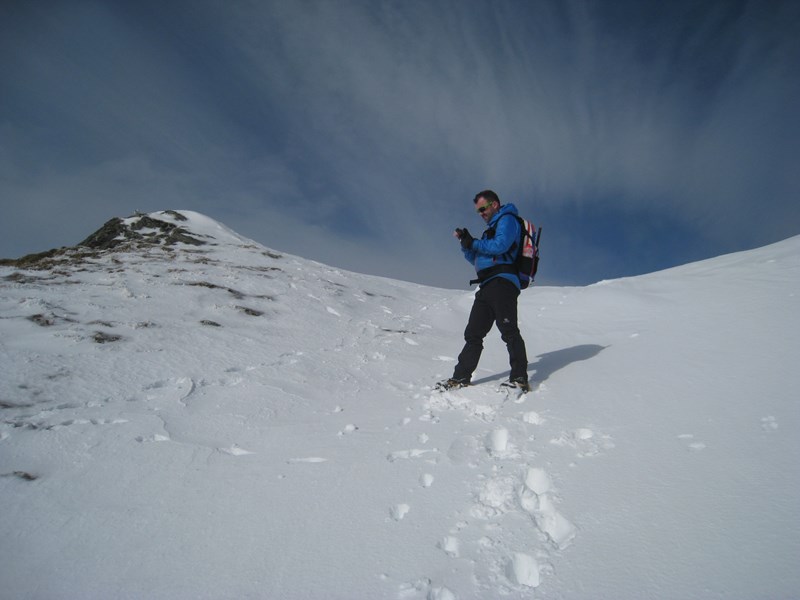
For some hillwalkers winter is the time to sit at home and dream of the coming spring. But for true aficionados winter is the best of seasons. A blanket of snow adds a whole new dimension to the glory of a vista of mountains under a blue sky.
Of course winter has its flip side too: the blizzards, the ice, the stinging cold. But for the fan these are challenges to be overcome and which make the rewards even greater.
So how do you do it? How do you get past the bad weather, the cold, the fear that you may be out of your depth?
#ThinkWINTER, that’s how.
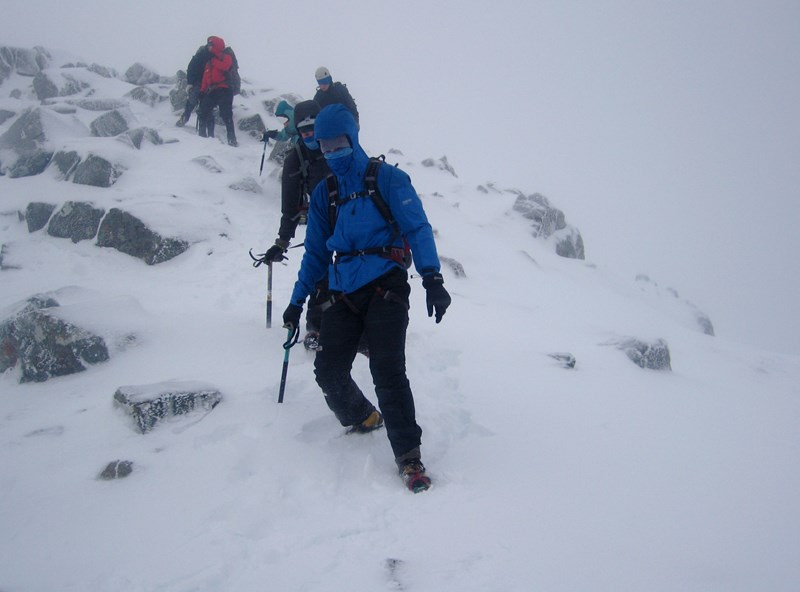
Experienced mountaineers will talk about ‘getting their winter heads on’. In essence that means preparation – in terms of the right equipment, a good level of fitness, and, perhaps above all, psychologically. It’s hoping for the best and preparing for the worst, reining in ambition with a measure of caution, knowing that conditions underfoot can slow your progress to a crawl and that the weather can change suddenly from blue skies to a blizzard.
All that is encapsulated in the #ThinkWINTER campaign, a multi-agency campaign led by Mountaineering Scotland, to help people get the most from their winter in Scotland’s hills and mountains and enjoy their experience safely and responsibly.
Preparation and planning are key.
Keeping safe in the hills starts long before you pull your boots on- even if you have already ensured you have boots, crampons and ice axe suitable for winter in Scotland’s mountains, not to mention adequate winter clothing.
Start with easier goals and work your way up to more challenging days out as you gain experience. That applies to your companions too: don’t overestimate your friends’ experience and consider the abilities of the weakest member of your party as part of your planning.
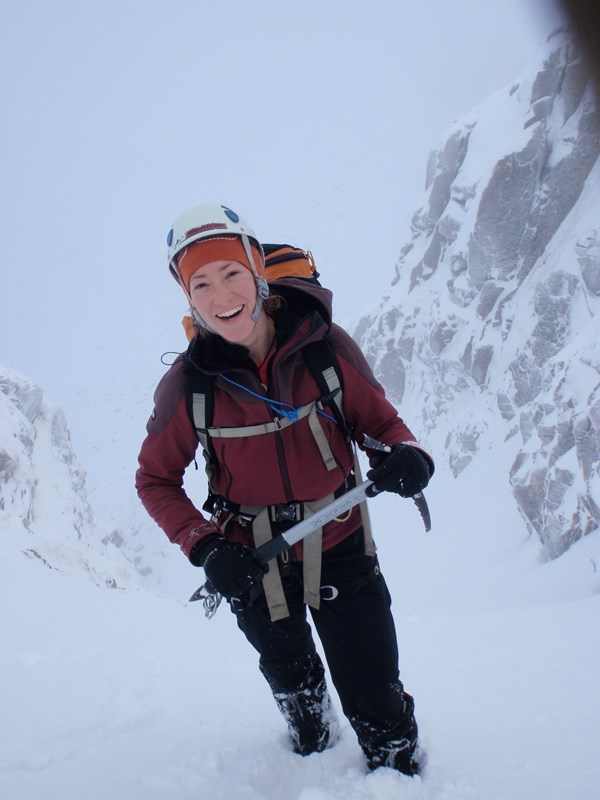
Weather and conditions can vary widely across the country, so have a number of options in mind. That way you you can head for where the weather is best and you stand most chance of having a great day. That doesn’t mean waiting until the last minute to make a decision: you should be checking the mountain weather forecast and snow avalanche conditions for about a week before your planned trip, so you’ll have a good idea of what you’re going to find and whether you have the right kit, skills and experience for what you might encounter.
For instance heavy snow will probably indicate a raised avalanche risk; a thaw, or heavy rain, will mean river and stream crossings will be more difficult or even impossible. Wind direction can also affect avalanche risk by heavily loading some slopes and stripping the snow from others. And the force of the wind on the day can send you staggering or even make safe progress impossible.
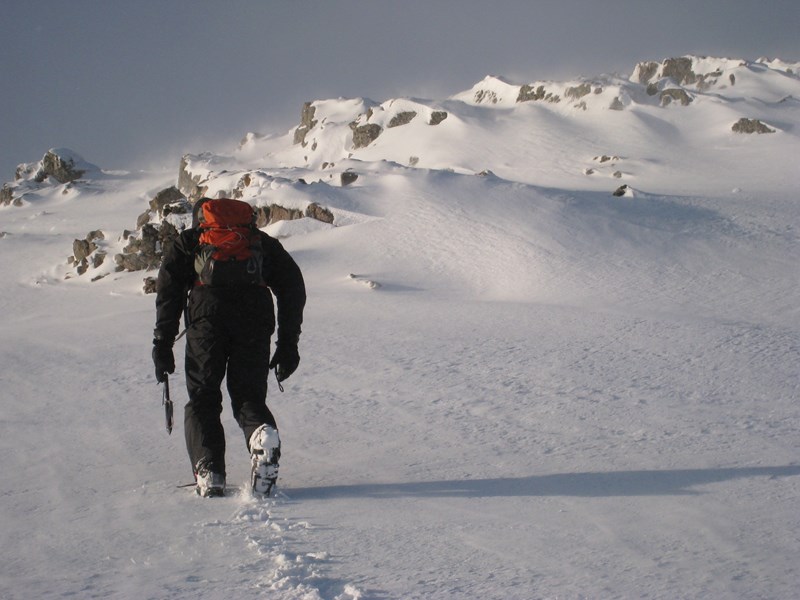
Navigation is also more challenging in winter. Paths may well be covered by snow, perhaps so deeply that there’s not even a trace of the path at all. Streams and even lochs can also disappear under the snow. So whether you’re using a GPS, an app on your phone, or a map and compass, you’ll need to be able to follow a route without seeing the path and also find your way in thick mist or blizzard conditions. You need to be sure that your chosen route avoids any avalanche danger, and be aware of any points where it might come close to corniced edges of snow. Have a good look at the map in the comfort of your home to identify any key points such as river or stream crossings, or steeper sections which might prove too difficult in some conditions. If there are such places on your route you will want to identify alternative routes to avoid them or at least to get back to your car or accommodation safely.
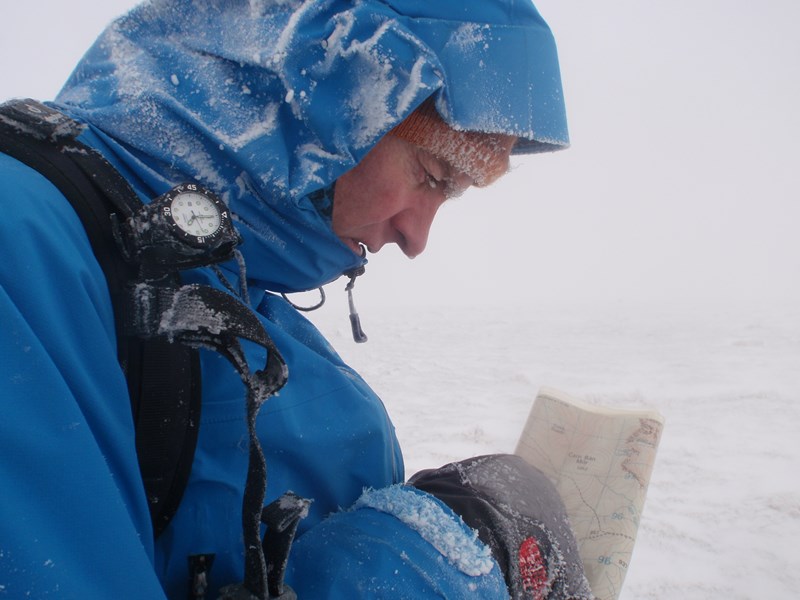
All this may sound complicated and a lot of hard work, but look on it as part of the fun of the day, building your anticipation. It will also make the difference between being the person who shares their great days out on Facebook and the person who ended up cold, wet and miserable, didn’t get up the hill and wonders why everyone else had such a good time.
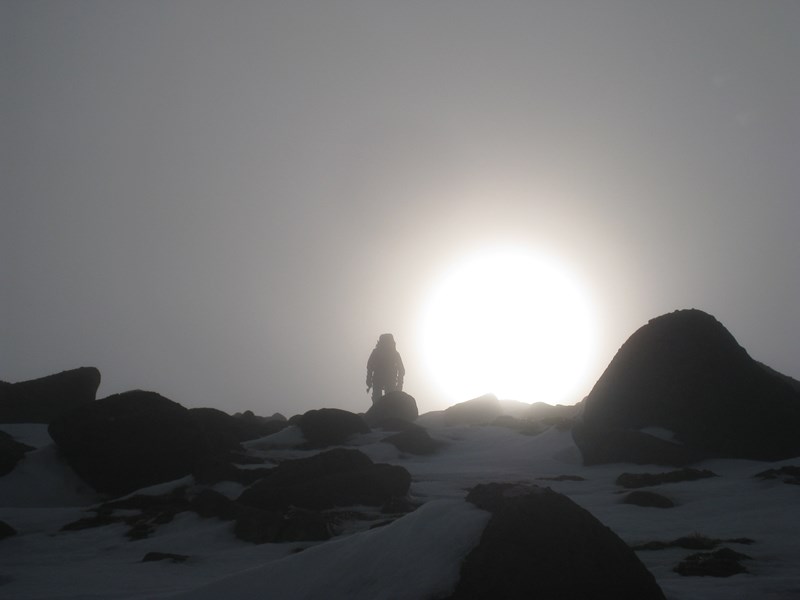
There are lots of great free online resources to help with that planning process.
Mountain weather forecasts (the forecast on the television is not good enough) can be found at the Mountain Weather Information Service or at the Met Office.
Avalanche conditions and forecasts are available from the Scottish Avalanche Information Service.
Information on necessary kit and skills for winter mountaineering is available from Mountaineering Scotland. Mountaineering Scotland’s website also has a huge amount of information on all aspects of mountaineering as well as links to related organisations.
It’s time to get planning!